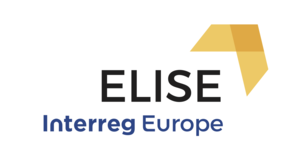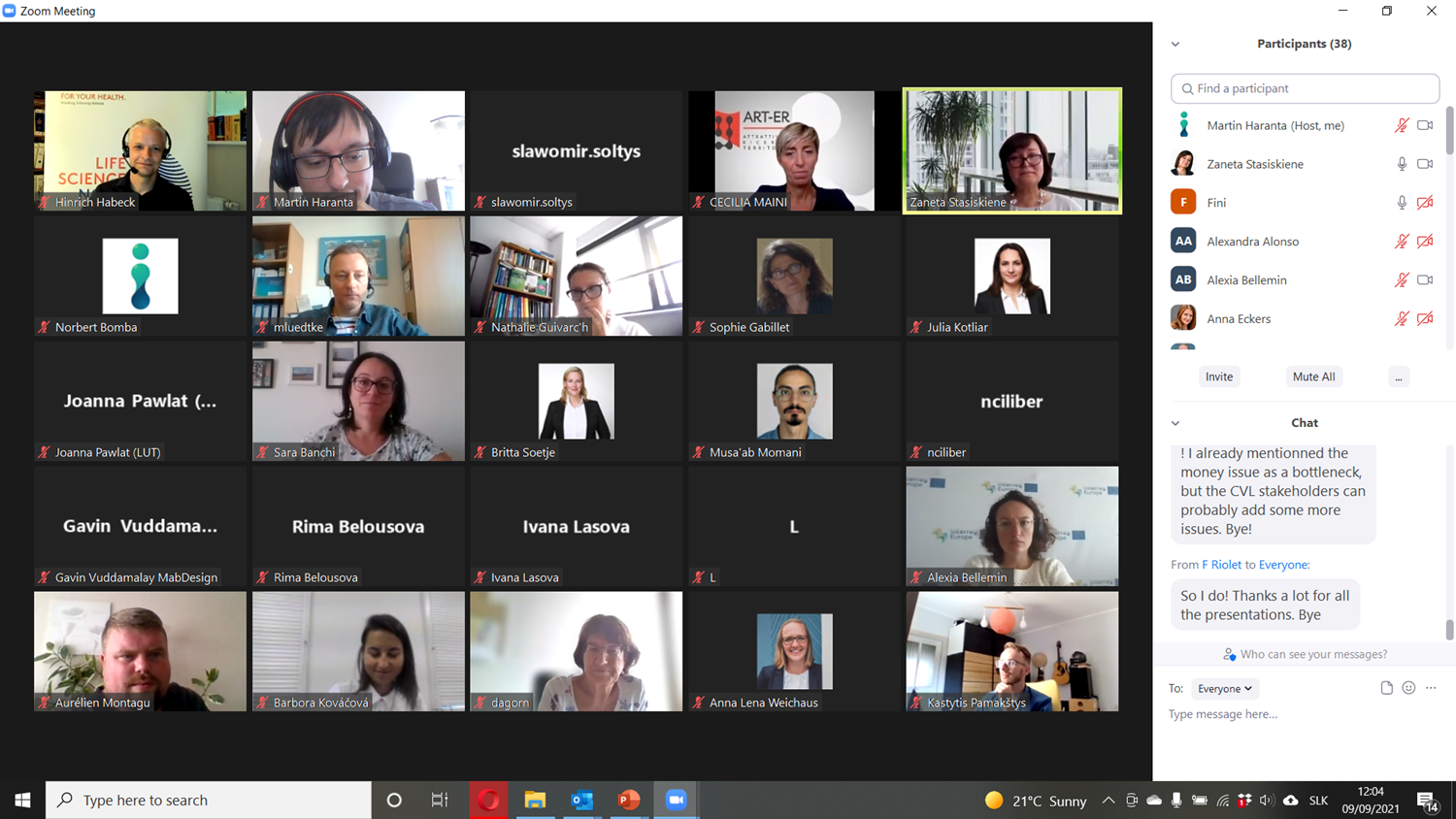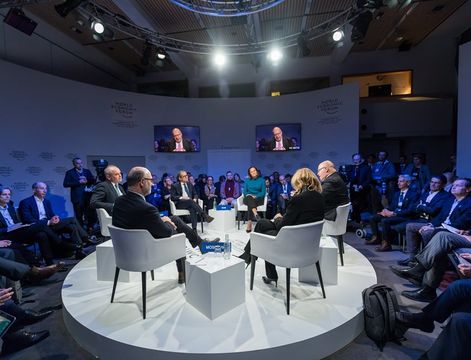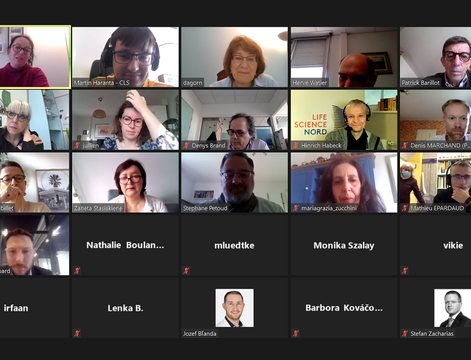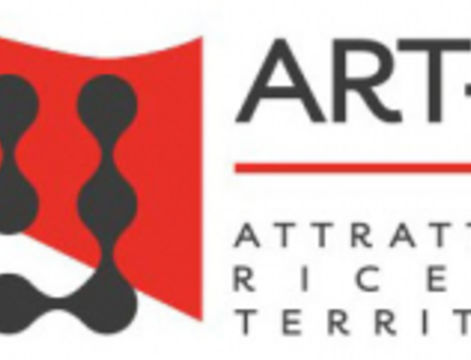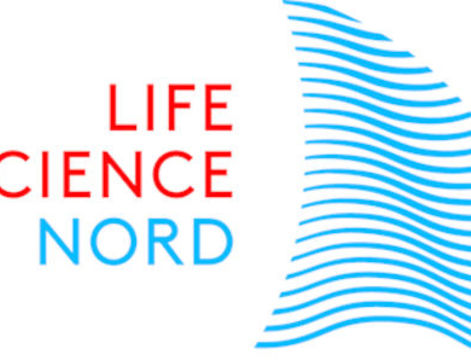If it comes to good eating, the first country which crosses my mind is Italy. Italian cuisine is simple and tasty thanks to careful selection and sophisticated combination of the fitting ingredients. The very similar approach seems to be the Italian secret recipe for innovation boosting. It is hidden in mixing the proper stakeholders of the innovation chain in very deliberate manners. And apparently, it works well.
More than 20 ELISE project partners were invited for a “3 courses dinner” to taste and learn how local “chefs” in the Emilia-Romagna region approach the process of innovation from idea to product or service. Those 3 courses were actually 3 different carefully chosen best practices served by ASTER as a local host organization.
 As an aperitif, instead of sparkling wine, we have been introduced into the SPARK, which is an acronym for Scan Plan Act - Revolutionary Kit. The reason for raising SPARK was that the innovation and research results need further support in order to become tangible products or services. Usually, researchers don’t have an extended vision that takes into account market requests.
As an aperitif, instead of sparkling wine, we have been introduced into the SPARK, which is an acronym for Scan Plan Act - Revolutionary Kit. The reason for raising SPARK was that the innovation and research results need further support in order to become tangible products or services. Usually, researchers don’t have an extended vision that takes into account market requests.
SPARK is a tool aimed at fostering the dialogue between Enterprise and Research by empowering researchers to think about research results from a market point of view on the basis of the Business Model Canvas (BMC) so to improve the marketability of research-based products and services. It brings together researchers, businesses, civil society, end-users, innovation centers, policymakers, and development agencies in order to pick and discuss research project elements, train researchers to present their idea and then put together mixed teams of these stakeholders to work together on the particular BMC. It aims to create a context where researchers can measure the real feasibility of research activities with a marketable perspective.
At the end, we all considered SPARK as the most useful tool of all presented. We see in our regions the need to have more structured support for RTD-industry innovation actions which are funded as “joined projects” to ensure a higher impact and feasibility of success.
Martin Haranta, from Cassovia Life Sciences (Slovakia), says: “SPARK is in our mind method that can be easily transferred to our country, namely under call issued by Ministry of education that support universities in technology transfer and commercialization. We have obtained a firm grasp of the method and agreed on cooperation with a lead of SPARK that brings us major added value as with more details we will be able to implement it in Slovakia.”

The second course served by the organisers of the “best practices dinner” is called BEN DAY, inspired by the historical case where illustrator Benjamin Day inspired American pop artist Roy Lichtenstein to use his “Ben Day Dots” in his most famous paintings. In the same way, Business Elevator Networking Day spurs people to overcome personalism on their own challenge, inviting the interlocutor to look at the challenge with a new awareness and perspective. Here local actors, are coming from different sectors, to share their professional challenges in front of a multistakeholder audience. This also supports the ecosystem in the processes of growth from a social and cultural point of view. Such an opportunity is encouraging people as a part of the regional innovation ecosystem to tackle "others' challenges" by working on a resolution in a purely "open" perspective. The BEN Days are thematically divided into regional strategic documents such as the S3 - Regional Smart Specialization Strategy and also within the value chains of the Clust-ER Associations(regional innovation organization).
 Last but not least, the desert called KICK-ER was served and it was a serious chef’s surprise. KICK-ER was initiated to respond to a need for more and more clearly perceived by startups and entrepreneurs: how to launch an innovative product on the market. To do business, innovate and give shape to your idea, it is necessary, on one hand, to collect the funds needed to make the initial investments and, on the other, to plan an effective marketing strategy: improve your idea, experiment with the working team, test the market and identify its positioning, expand the stakeholders’ network, explore the willingness to pay of potential customers and much more. Reward-based crowdfunding is proving to be an increasingly effective ally for this purpose. KICK-ER helps innovation stakeholders to prepare and communicate their ideas in order to successfully raise funds for its realisation.
Last but not least, the desert called KICK-ER was served and it was a serious chef’s surprise. KICK-ER was initiated to respond to a need for more and more clearly perceived by startups and entrepreneurs: how to launch an innovative product on the market. To do business, innovate and give shape to your idea, it is necessary, on one hand, to collect the funds needed to make the initial investments and, on the other, to plan an effective marketing strategy: improve your idea, experiment with the working team, test the market and identify its positioning, expand the stakeholders’ network, explore the willingness to pay of potential customers and much more. Reward-based crowdfunding is proving to be an increasingly effective ally for this purpose. KICK-ER helps innovation stakeholders to prepare and communicate their ideas in order to successfully raise funds for its realisation.
We took home a lot of ideas to develop our action plan. We have a more detailed understanding of tools and methods and organisational set up as for SPARK, BEN Day, clusters organisation, focus in RIS, KICK-ER fundraising, Strat up unit, etc. After such a rich dinner we went home really saturated, satisfied and sending compliments to the kitchen ☺.
